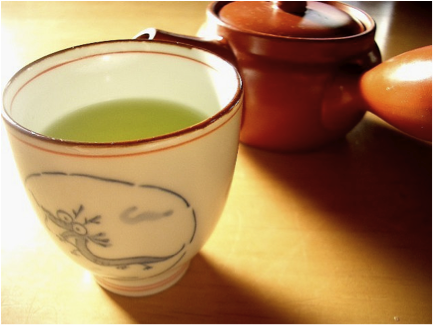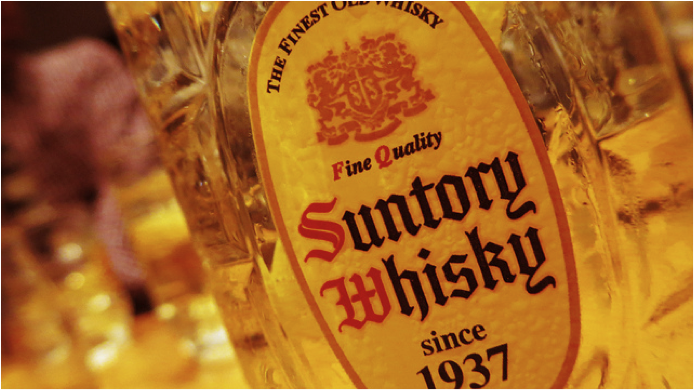5 Top Drinks in Japan – For Goodness Sake!
Table of Contents
When we think of drinks from Japan, teas of all sorts and the ubiquitous sake immediately come to mind, but there are plenty of other beverages that please the local palette.
In a country of over 125 million people it’s not surprising that there are thousands of drinks consumed, many with historical, traditional, and regional roots, but for the purposes of this article we’ll stick to five of the best – in our humble opinion!
1. Sake
No list of Japanese beverages would be complete without mentioning this alcoholic drink made from fermented rice that originated in Japan as long ago as circa 710 AD, and has been recorded in ancient documents as being enjoyed at religious ceremonies, court festivals, and in drinking games!
Despite having an official Sake Day on 1st October each year, the popularity and production of the drink has dropped steadily in Japan, but the international market has taken off with breweries popping up around China, North America, and Australia.
2. Green Tea
Although this tea originated in China, it is so commonplace in Japan that it is simply called tea, without the corresponding adjective.
It was first introduced to Japan by a Buddhist priest, Myōan Eisai, who travelled to China often in the 12th century in his pursuit and study of the Zen faith, and has since become a huge part of Japanese culture, tradition, and life – not to mention the medicinal benefits it’s proven to have.
Approximately 91,000 metric tonnes of green tea is produced each year in Japan, and with only 2% of that exported, that’s a lot of cups of cha available for the local market.
3. Shōchū
This Japanese distilled drink started life on the south west island of Kyūshū, and the name derived from the Chinese word for burned liquor, shāojiǔ, which is quite apt given its fiery taste!
There are a number of methods of production, but most involve distilling of barley, potatoes, buckwheat, or rice, and have around 25% alcohol by volume.
Shōchū is served in all sorts of ways, from neat, to on the rocks, and with juice, and can even be found in cans in vending machines in Japan – and although it hasn’t quite reached the heady heights of international fame as its Sake cohort, it’s starting to gain traction in New York which is considered a major gateway to the Western market.
4. Umeshu
Umeshu is a popular liqueur in Japan because of its slightly sweet and sour taste and aroma, and relatively low alcohol content of around 15% – especially when compared to some of its competitors.
Made from unripe Japanese plums (ume) steeped in sugar and the above Shōchū, it is a popular home-made concoction, but there are some big name brands out there. It’s also a regular cocktail base mixed with everything from soda water to green tea.
5. Suntory Whisky
Suntory Whisky may sound familiar as it was made internationally famous by Bill Murray in the 2003 film Lost In Translation, and it’s not unusual to find locals saying it’s “Suntory Time” as they down the popular spirit.
One doesn’t immediately connect Whisky with Japan but it has been made there since the 1870s, and there are now a number of companies producing blended and single malt whisky with Suntory and Nikka being the best known.
If, like us, you’ve ever wondered why sometimes it’s spelt ‘whisky’ and sometimes its ‘whiskey’, there seems to be all sorts of arguments and confusion, but a simple solution adopted by the New York Times is:
- Countries with an ‘e’ in its name like the United States and Ireland tend to spell it ‘whiskey’ with the plural version as ‘whiskeys’
- Countries without an ‘e’ in its name like Canada, Scotland, and Japan tend to spell it ‘whisky’ with the plural version as ‘whiskies’
We’ll drink to that – or if we were in Japan we’d say “kanpai” to that! If you’re not sure what that means, and would like to learn more about the Japanese language before you head to the land of the rising sun and try some of these drinks, check out a course near you.




